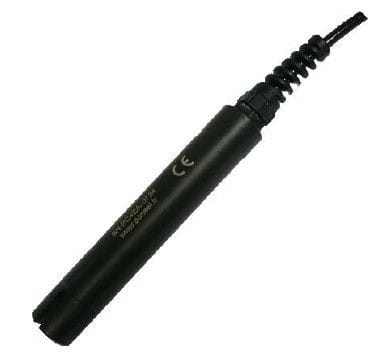Conductivity is a measurement of waters ability to conduct electrical current. The SI unit used is millisiemens per metre (mS/m) but in water and wastewater applications it is common to use microsiemens per centimetre (µS/cm) as well.
WHY IT IS IMPORTANT?
Because the electrical current is conducted via the ions in the solution, the conductivity increases as the concentration of ions do. This is why electrical conductivity is generally used as a surrogate measure for total dissolved solids concentration. Therefore, one of the primary uses of electrical conductivity is determining the suitability of a water, such as treated wastewater, for irrigation. In addition, the measurement can be used to indicate industrial spill event in source water monitoring applications and in-process spill and leakage events in industrial wastewater monitoring applications.
HOW WE MEASURE
Real Tech’s sensor measurement is based on the use of 4 electrodes. An alternating current of constant voltage is established between the graphic pair of electrodes. The voltage measured between these electrodes is a function of resistance, and therefore, conductivity. The platinum electrodes regulate voltage to prevent fouling of the graphic electrodes allowing for robust measurement in multiple applications.
ONLINE CONDUCTIVITY MONITORING
Real-time sensor for continuous measurement in water and wastewater.

